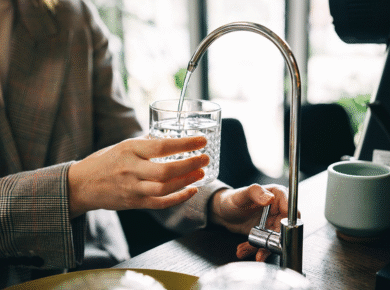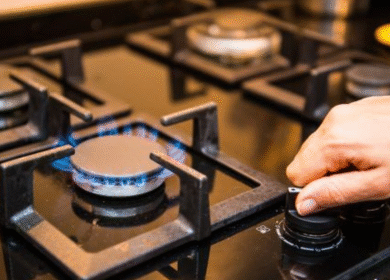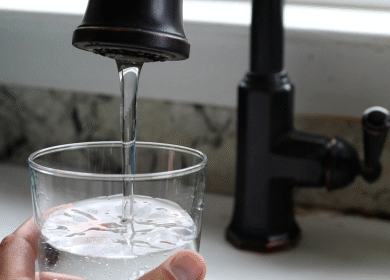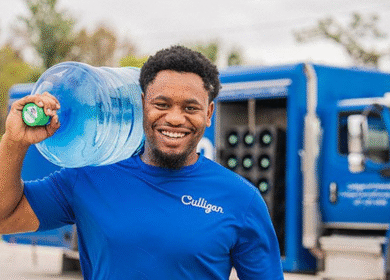Why Testing Your Well Water Isn’t Optional—It’s Essential
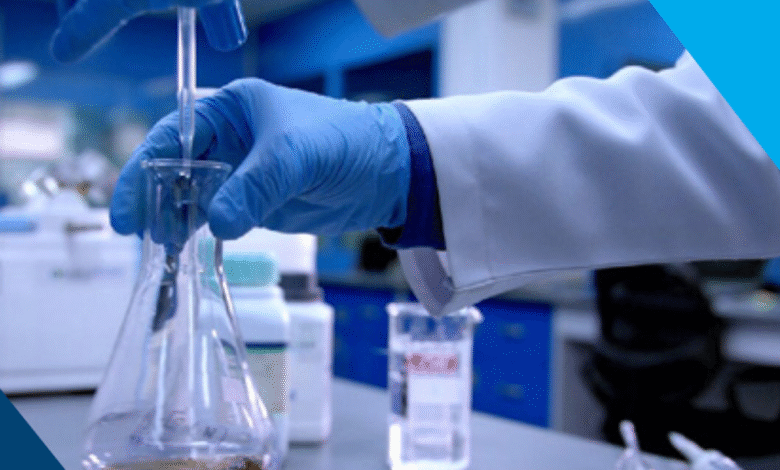
When you live in a home that relies on well water, there’s a unique sense of independence. No monthly city water bills, no reliance on aging municipal infrastructure—it feels like you’re in control. But here’s the catch: you’re also the one responsible for making sure that what flows out of your tap is safe, clean, and healthy. And that responsibility is bigger than most homeowners realize.
Unlike public water systems, which are tested constantly and regulated by strict standards, private wells don’t come with a safety guarantee. The water may look crystal clear, but appearances can be deceiving. Contaminants like bacteria, nitrates, or even arsenic can lurk beneath the surface, invisible and tasteless, and cause real harm over time.
That’s where a certified well water testing service steps in. Instead of relying on guesswork—or waiting until a health issue arises—these professionals can accurately test your water and give you peace of mind. And frankly, peace of mind is priceless when it comes to your family’s health.
The Silent Risks Hiding Underground
If you’ve ever walked away from your kitchen sink thinking, “That water tasted a little odd today,” you’re not alone. Many homeowners notice subtle changes—an earthy smell, a metallic taste, or cloudy water after heavy rainfall—but often chalk it up to nothing. In truth, those changes can point to something deeper.
Groundwater is constantly shifting. Seasonal changes, agricultural runoff, and even nearby construction projects can impact what seeps into your well. And contaminants aren’t always dramatic. Some, like coliform bacteria, may not alter the taste at all but can wreak havoc on your digestive system. Others, like heavy metals, build up slowly, impacting health over years. That’s why well water quality testing is less about responding to problems and more about preventing them in the first place.
Why DIY Test Kits Aren’t the Whole Answer
You might’ve seen those inexpensive water test kits sold online or at hardware stores. They promise fast results and a quick diagnosis of your water’s condition. While they’re not useless, they can be misleading. At best, they provide a general snapshot—“yes, there are some contaminants” or “no, everything looks fine.” But water is complicated.
Professional labs dig deeper. They run multiple tests on different contaminants, check for bacteria, minerals, chemicals, and even pesticide residues. More importantly, they interpret the results in a meaningful way. After all, what good is it to know your nitrate level is “8 ppm” if you don’t know what that means for your toddler’s health? With experts, you get clarity, not confusion.
The Peace of Mind Factor
Picture this: You invite friends over for dinner. Someone pours a glass of water from your tap, takes a sip, and comments, “Wow, your water tastes really good.” That small compliment suddenly feels enormous, because deep down you know it’s not just about taste—it’s about safety.
When you invest in residential well water testing, you’re not just checking a box; you’re safeguarding your home, your family, and even your property’s value. Home buyers today are increasingly savvy. Many won’t move forward with a purchase unless the seller can provide recent well water test results. In other words, regular testing isn’t just a health measure—it’s a smart financial move, too.
How Often Should You Test?
Experts typically recommend testing your well water at least once a year for bacteria and nitrates. But if you live near farms, industrial areas, or regions with known water issues, you may need to test more often. It’s also wise to schedule testing after heavy flooding, a major storm, or if your water starts acting “off”—cloudy, smelly, or just unusual.
Think of it like your annual health check-up. You wouldn’t ignore your own wellbeing for five years and expect perfect health. Water deserves the same proactive care.
What Happens During Professional Testing
The process itself is straightforward. A technician comes to your home, takes samples directly from your tap, and then delivers them to a certified lab. Within a few days, you’ll have detailed results that outline exactly what’s in your water.
Here’s the part people often overlook: those results come with context. Professionals don’t just hand you numbers—they explain what they mean, whether your water is safe, and if not, what steps you can take to fix it. That might mean installing a filtration system, repairing your well casing, or simply retesting to monitor a trend.
It’s not about fear—it’s about knowledge. And knowledge lets you act before problems spiral.
Common Contaminants to Watch For
Some of the usual suspects that pop up in testing include:
- Coliform bacteria: Often from surface runoff or septic issues. A red flag for possible contamination.
- Nitrates: Common in agricultural areas and particularly dangerous for infants.
- Lead and arsenic: Heavy metals that can be toxic even in small amounts.
- Iron and manganese: Less dangerous but can stain fixtures and affect taste.
Each contaminant tells its own story, and only professional testing can reveal the whole picture.
Building a Routine for Safer Living
Here’s the bottom line: testing once isn’t enough. Water is dynamic, not static, and what’s safe today may not be safe next year. By building a routine—an annual or biannual testing schedule—you’re creating a simple but powerful habit. Over time, you’ll have a clear history of your water quality, which can help you spot changes early and respond quickly.
If you think about it, it’s one of the simplest forms of preventative care you can do for your household. And compared to medical bills, property repairs, or the stress of not knowing, the cost is minor.
Wrapping It Up
Your well is more than a hole in the ground—it’s your household’s lifeline. And while it’s tempting to trust clear-looking water, safety doesn’t always show itself to the naked eye. By making regular testing part of your home maintenance, you’re taking control of your health, your family’s future, and your peace of mind.
So, don’t wait until something smells funny, tastes metallic, or makes someone sick. A quick call to professionals today can save you a world of trouble tomorrow. Clean, safe water isn’t just a luxury—it’s a responsibility.
